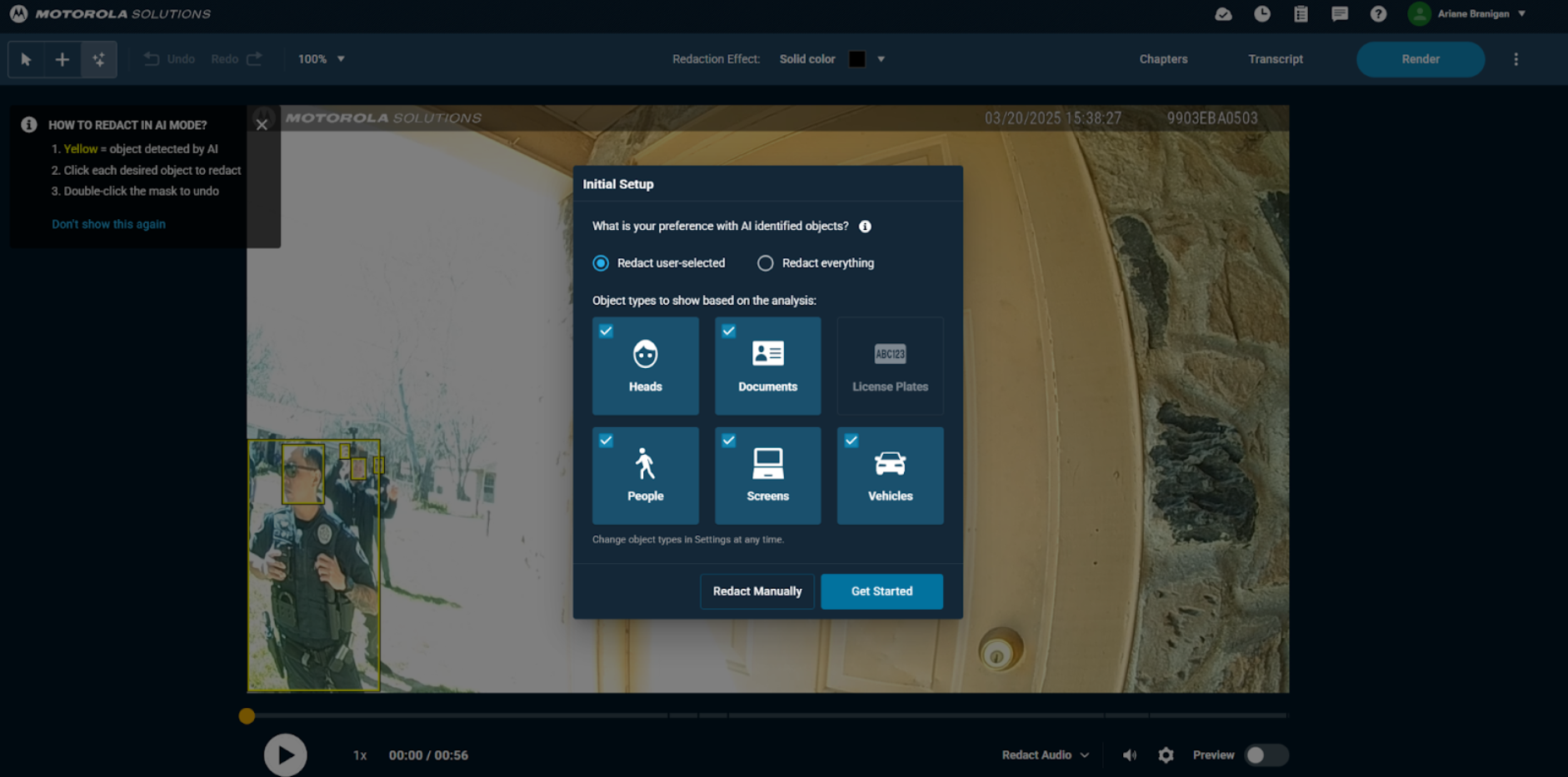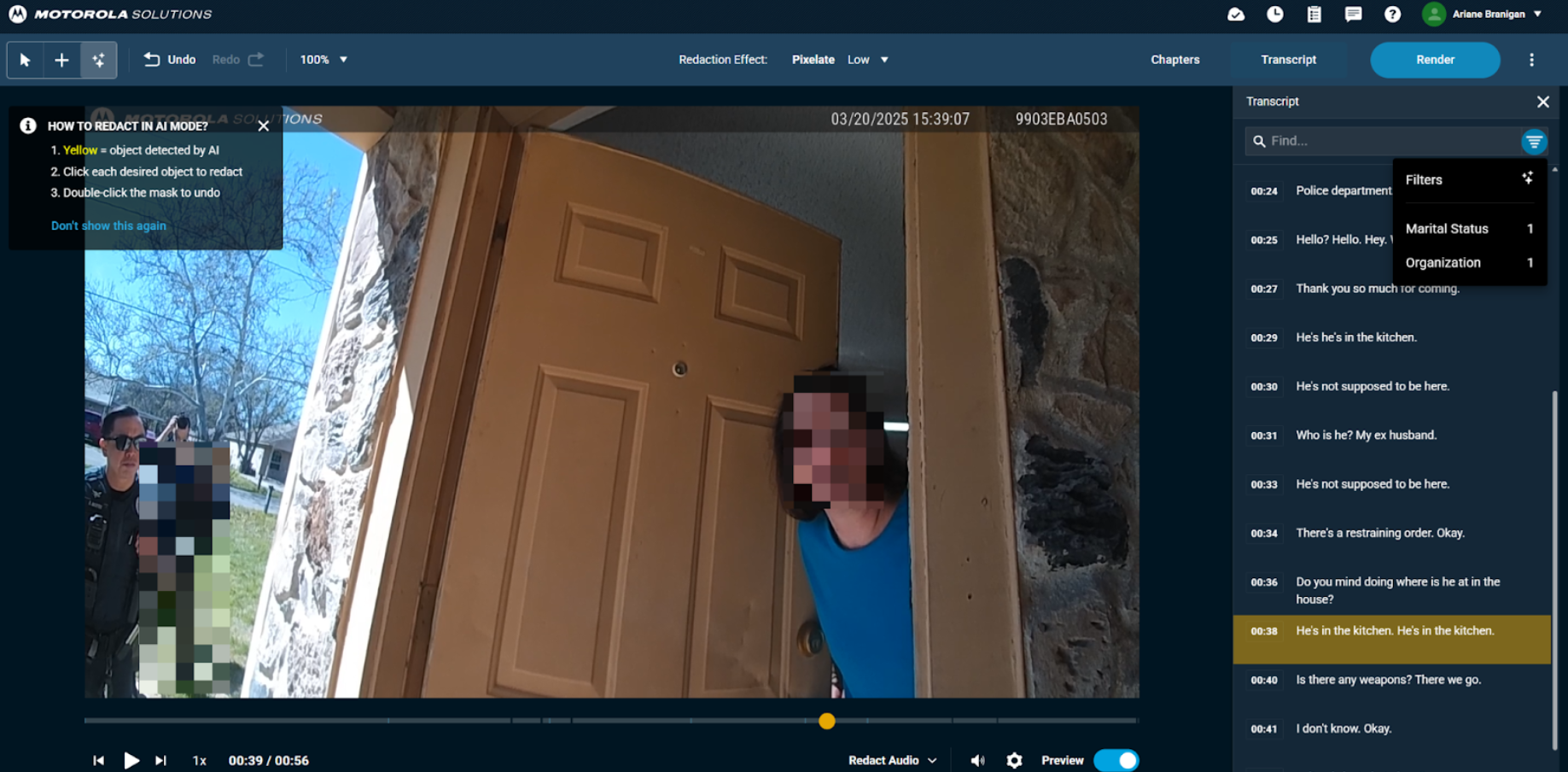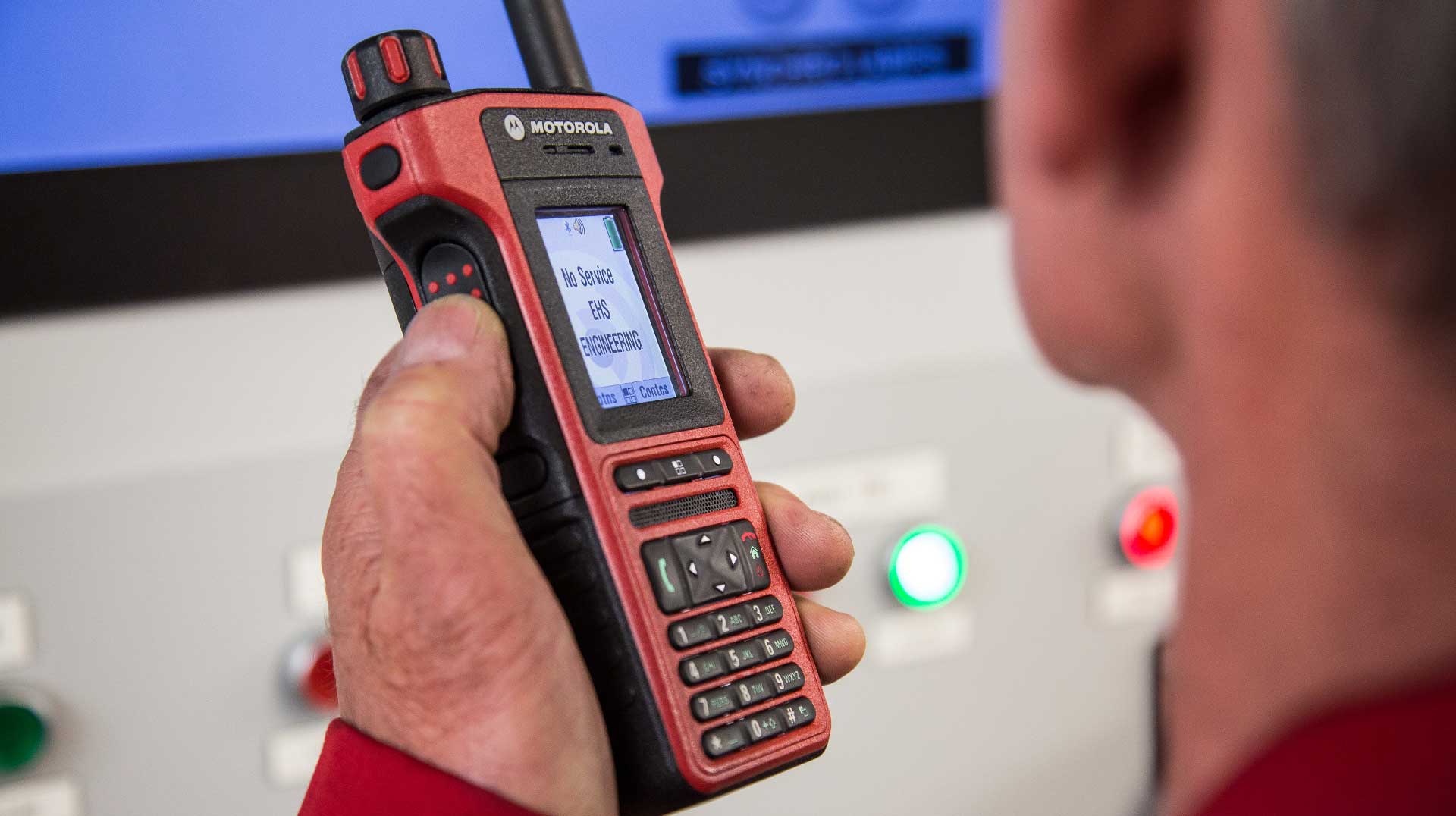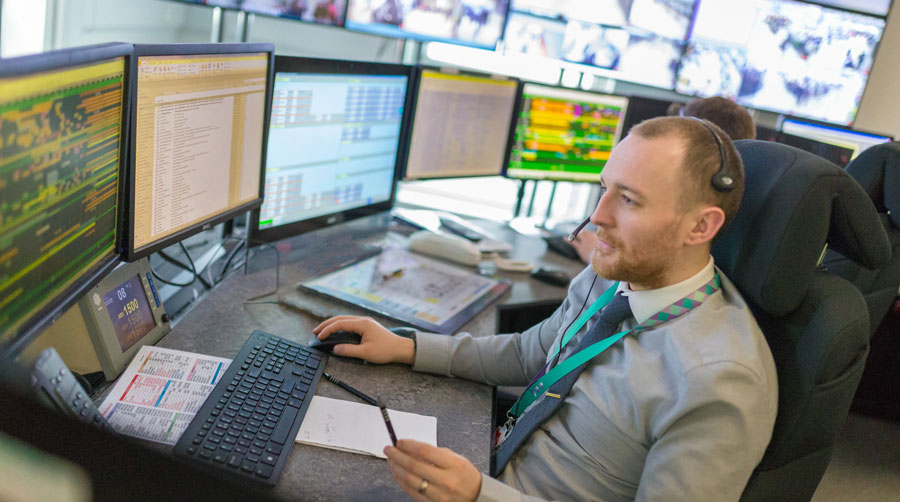SVX, Motorola Solutions’ new video remote speaker microphone, is designed to capture more evidence with less work. From holster triggers to recording groups with M500 in car systems and V700 body cameras, it’s easier than ever to capture high-quality video and audio of an incident as it unfolds.
But once you’ve captured your evidence, you need a quick and easy way to handle it – specifically, you need a way to prepare it for court or sharing with the public, so you can protect sensitive information while still providing transparency. We spoke to Victoria Green, UX designer at Motorola Solutions, for a full breakdown of the design process behind our groundbreaking new AI redaction tool in CommandCentral DEMS.
Victoria, you’ve been working on our Assist platform for a while now – what did you find most exciting about the project?
I think because AI has been a really innovative field in our everyday lives, it was interesting to take a look at it in a different context for public safety. It was a cool problem space to work around because we had to consider different elements to prioritize in terms of transparency and accountability.
Can you tell me a bit more about how you built the AI redaction software for law enforcement with transparency in mind?
Absolutely. When we’re looking at AI in a public safety context, we have to consider: what’s the worst-case scenario we’re looking at? What if the AI gets it wrong? And that’s why we designed the tool to give outputs which were traceable and transparent, so the user can easily see, check and override AI’s recommendations.
For example, before the user has even played the redaction project, CommandCentral DEMS will ask them to choose what kind of objects it should track (such as heads or documents). Once the user has made that selection, the AI never mandates that an object should be redacted; it simply suggests objects of interest for consideration, and evidence technicians are always able to choose whether or not to redact them. To maintain accountability, users can note down “redaction reasons” for each mask they apply to a video and CommandCentral DEMS keeps an uneditable audit log of each created redaction. When it comes to transcription, we also require the user to mark a transcript as “verified” once they have reviewed it, to ensure nothing goes to court without human input.

CommandCentral DEMS enables evidence technicians to select which objects the AI should track.
So, turning to the tool itself – you were trying to make life easier for evidence technicians. Can you tell me about some of their biggest pain points?
On a daily basis, evidence technicians handle a lot of different media and a lot of different types of information. Their main goal is to organize it and keep track of it – so their biggest problem they deal with is when evidence is misnamed or mistagged, as that can affect their ability to build cases efficiently. It can also put the agency in legal jeopardy if they accidentally retain it for too long.
Was there any customer feedback about manual redaction that surprised you?
Yeah! One thing that was pretty surprising to me was just how much time they spend redacting manually. It’s not something the general public thinks about, but a single video from an in car system or body camera can be several hours long. So when you see that footage on the news, someone has gone through every frame or every line of dialogue to check whether there’s a screen or a child’s face present. And that’s incredibly tedious, repetitive work they do pretty regularly.
How did that feedback inform the way you developed Assist?
Because evidence technicians spend so long on redaction, a lot of our focus was around how we could speed up the whole process for them while still keeping them in the driver’s seat.
What’s the most exciting feature you helped design in the AI redaction software for law enforcement?
For me, the transcription feature is just amazing. Because it’s automatic, technicians no longer need to view an entire video just to catch a snippet of dialogue. Instead, they can use our search tool to find the specific information they’re looking for – like a date of birth or telephone number – and redact it simply by highlighting the words. They can also filter by commonly-redacted information, such as names, which speeds up the process even further.

Evidence technicians can filter for certain keywords, such as dates of birth or marital status.
I also think the bookmark function is a game-changer, even if it might sound less exciting initially: we found that evidence technicians were using sticky notes to mark important timestamps or comments for other reviewers. Obviously, it’s really easy to lose a sticky note, so we’re building a foundation for more effective collaboration with these digital bookmarks.




